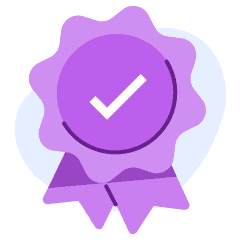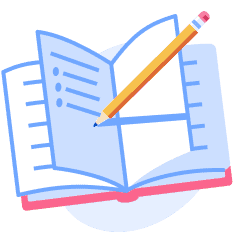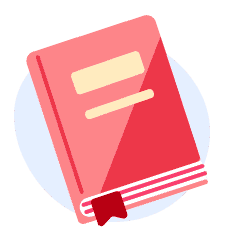When it comes to learning, we all have our own study methods, but there’s always room to improve and expand upon your studying techniques. To help you switch up your study game so you can ace your next test, we’re breaking down three popular study methods. Read ahead to learn how to incorporate the Leitner System, Feynman Technique, and the PQ4R method into your next study session.

Leitner System
Sebastian Leitner invented the Leitner System in 1972. This study method uses a flashcard-based learning strategy to boost memorization.
How to Use It:
Step 1: Create Flashcards
- Write the questions on the front of the cards, and the answers on the back.
Step 2: Set up Your System
- Get three “Leitner Boxes” and label them Box 1, 2, and 3.
- Think outside of the box! You can store the flashcards in shoeboxes, drinking cups, or even three envelopes labelled accordingly.
- Under each box number, write down the frequency with which you’ll review the flashcards in each box. For example, you’ll study Box 1 every day, Box 2 you’ll review on Tuesdays and Thursdays, and Box 3 you’ll study on Fridays.
Step 3: Start Studying
- Place all of your cards in Box 1.
- Take a card from Box 1 and try to answer the question on it. If you’re able to remember the answer, place the card in Box 2. If not, leave it in Box 1.
- Repeat this process until you’ve reviewed each card in Box 1 at least once.
Step 4: Review Each Box of Cards
- As outlined in Step 1, each box has a review frequency. As Box 1 holds the most difficult flashcards, it’s reviewed most frequently, whereas Box 3 contains cards that you’ve already recalled correctly, so it doesn’t need to be reviewed as often.
If you’re looking for a visual tutorial, watch this helpful video.
Try This: If you’d rather use an app than physical materials, free flashcard apps like Quizlet and Chegg may be worth checking out.

Feynman Technique
The Feynman Technique is an easy-to-use and flexible study technique developed by Richard Feynman. It’s founded on the principle that the most effective way to learn any topic is by teaching it to a sixth-grade child. This powerful study method requires you to break down highly complicated ideas into digestible portions, making it easier to understand.
How to Use It:
Step 1: Grab a piece of paper and write the concept’s name at the top of the page. This could be anything from a mathematical theory to a scientific process.
Step 2: Explain the concept in your own words using simple language. Don’t settle for just defining the idea. Work on examples and make sure you can use them in practice.
Step 3: Identify any aspects of the topic that you’re having difficulty explaining effectively, then go back to the sources or your notes to review them.
Step 4: Pinpoint any complex or unfamiliar terms and challenge yourself to simplify and explain them.
Using this method will help you identify and understand links between various topics and sub-topics to express what you’ve learned in a clear way. Thinking critically about the subject matter and applying it to everyday life (as you might with a child) will allow you to know even highly complex ideas more deeply.

PQ4R Method
Researchers E. L. Thomas and H. A. Robinson developed the PQ4R study method in 1972. The name stands for: preview, question, read, reflect, recite, and review. This is a great method to improve your reading comprehension, and is an excellent option for those with reading disabilities. But it’s not exclusive—PQ4R can be used by any student trying to extract the most important details from a large textbook while enhancing their information retention and memorization.
How to Use It:
Step 1: Preview
- Gain a general sense of the material before you begin reading it.
- Textbooks are often designed to encourage previewing. Read through the table of contents to help form a cognitive map of the content.
Step 2: Question
- Write questions about each chapter after you preview it.
- Read the headings or first paragraph and jot down a question about it.
Step 3: Read
- Read the chapter with the goal of answering your questions.
- While reading, write down some key words that will help you remember the answer.
Step 4: Reflect
- Connect old information to new information.
- One strategy is to connect new information to people you know or events that have occurred in your life.
Step 5: Recite
- Once you’ve answered your questions, recite the answer silently or out loud.
- Recite the answers with a study group or by yourself.
Step 6: Review
- Review the material regularly to help retain information.
If it’s time to read through a massive textbook for an exam, break out the PQ4R technique to provide you with a helpful framework.
Step outside of your comfort zone and put these popular study methods into practice today!
Planning to study abroad? Check out academic institutions and programs on the ApplyBoard Platform!



